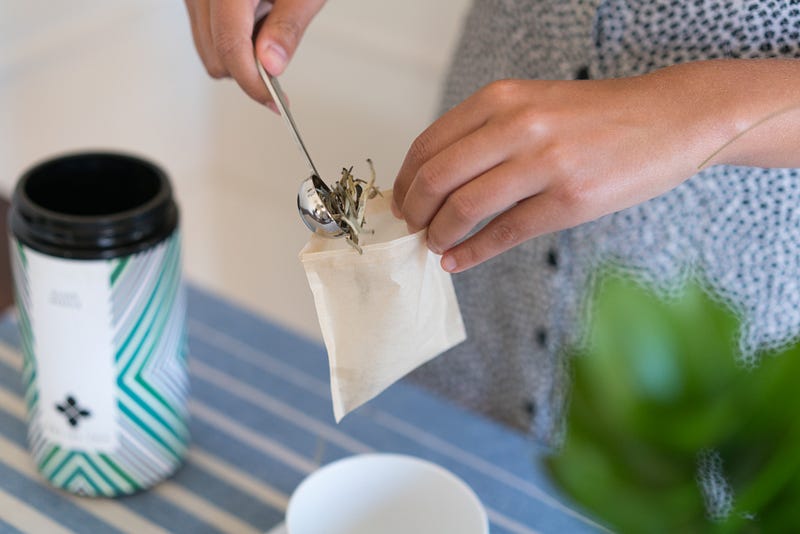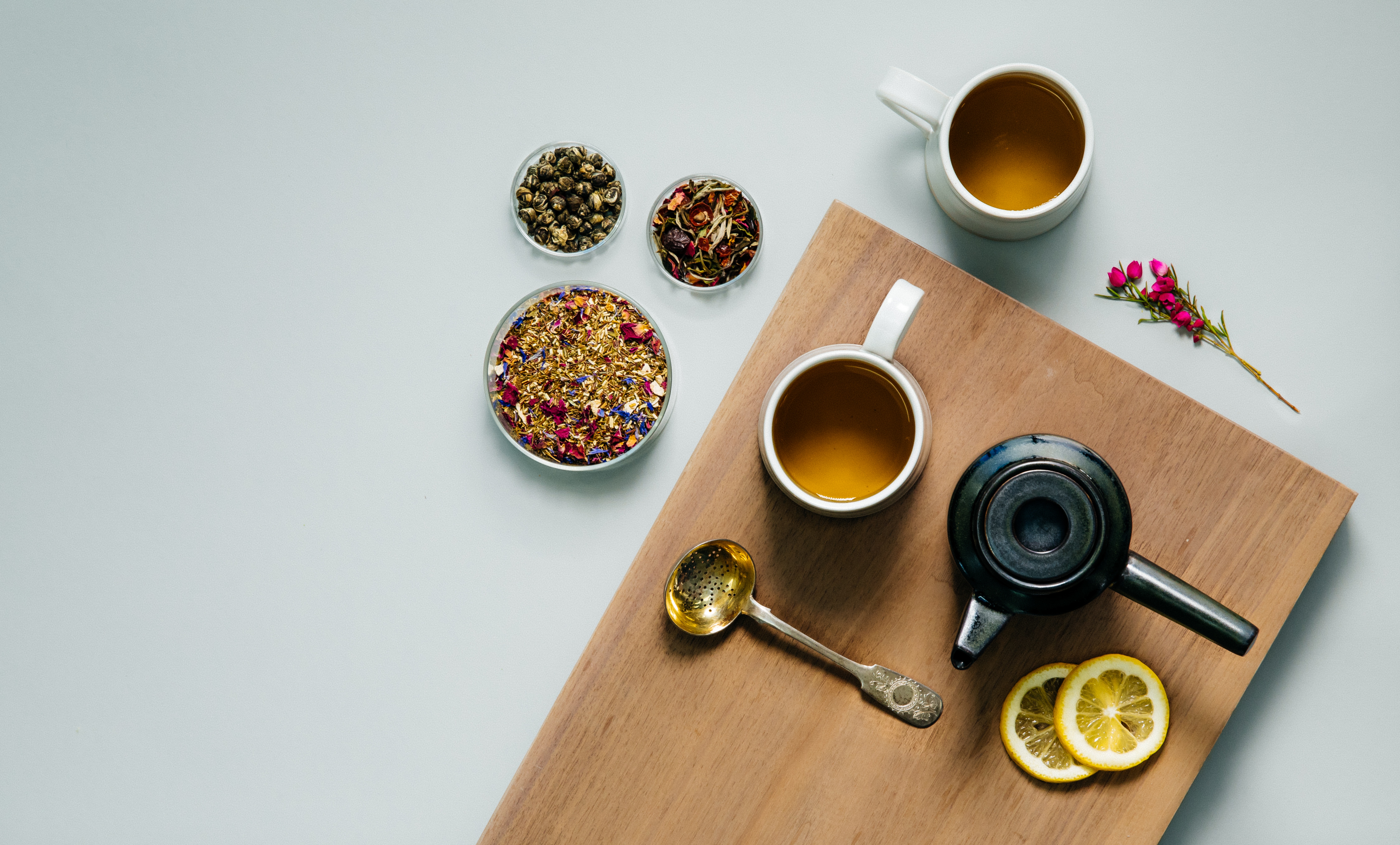White tea is named for the luscious white down covering the unfurled leaf bud, and to a lesser extent, the fresh new tea leaf. White tea originally came only from China, but as its popularity grew, other countries started producing similarly processed white tea. This has caused great debate and controversy within the industry. Even in China, there are differing opinions on what white tea consists of.

Historically, white tea was a powdered tea developed during the Song Dynasty (960–1279). During this time, the powdered white tea was sifted and placed at the bottom of a shallow bowl, where boiling water was added, and the tea whisked. As the tea was allowed to cool, the tea fell out of suspension, and was carefully consumed. The tea powder which settled to the bottom would not be consumed, but could be used again for the next cup. This method of consuming tea is what inspired Japanese Zen monks, who were studying at Chinese monasteries, to create Chanoyu, the Japanese tea ceremony.
Tea’s popularity grew during this time, thanks to Emperor Hui Zhing (1101–1125). He became known as the “Tea Emperor” and wrote a treatise consisting of twenty parts. These parts covered everything from cultivation to preparation. His fascination with white tea can be seen throughout his treatise.
The origin of what we call white tea today started in the late 1700s. Tea producers in Northern Fujian province were experimenting with a new process of drying the tea in the sun for several days, and then briefly applying heat to remove any residual moisture. Though the tea wasn’t the greatest, tea producers from Zheng He, Fuding, and Song Xi, continued to produce this tea with what material was available. In the late 1800s, Da Bai Hao (Big White) bushes were introduced, these bushes produced the plumb downy buds which have come to signify white tea as we know it today. During this time, only Yin Zhen Bai Hao (Silver Needles) was produced. This bud-only tea was very time consuming to harvest; over 3,500 buds were needed to produce a single pound. White tea was also made from Shui Hsien (Water Sprite) and Shao Bai Hao (Small White).
In the 1920s, Bai Mu Dan (White Peony) was developed, it included the unfurled leaf bud and the first two leaves. This tea was processed similarly to Silver Needles. White Peony is commonly used in blends and flavored loose and sachet white teas today. These buds have a silvery colored down, with green leaves that have some gray and brown edges, or spots, with some down on them. The quality of the leaf material is highly prized.
In the late 1960s, another white tea, Shou Mei (Longevity Eyebrow), was created in China. This tea typically uses the older leaves lower on the branch. These white tea leaves are allowed to oxidize naturally for several hours. Tea masters consider this a white tea because there is no de-enzyming step, as in green teas, with the application of heat or steam. This process produces a slightly darker brew with more body and oolong-like flavors. Shou Mei is commonly used in blends and flavored iced teas today. The leaves of this tea are more coarse than other white teas, and as a loose hot tea, are considered a lesser grade, but for iced teas they are considered the ideal grade.
In today’s ever expanding tea market, white tea processing can be found in countries other than China. These non-traditional white tea producing countries, produce teas following traditional Chinese processing methods. White teas can be found in countries such as Sri Lanka, India, Taiwan, Nepal, Kenya, USA, Bangladesh, Malawi, etc. These teas, though similar in processing, produce aromatics, tastes, and flavors, that are unique to each location and not totally the same as those produced in China. When first introduced, these teas often received harsh reviews from tea industry purists, but over time they have found a home among the white teas of the world. Whether they’re accepted or not, these teas produce a unique taste profile worth exploring.
Art of Tea is an award winning purveyor of specialty and organic teas, based in Los Angeles, CA.
If you found this article helpful, please share it with coworkers, colleagues, and fellow lovers of tea.

